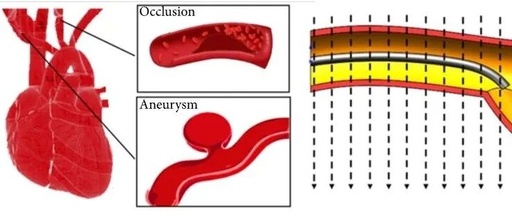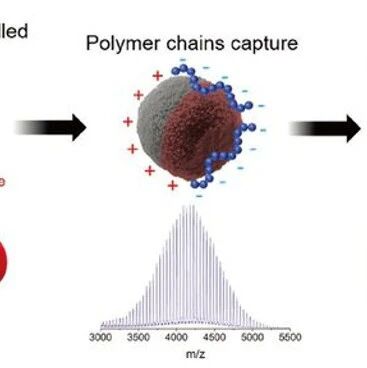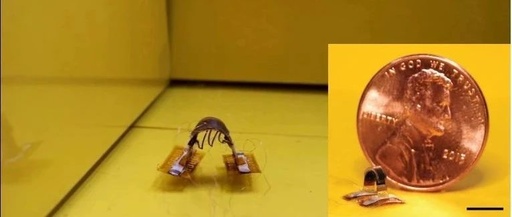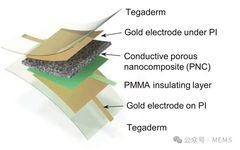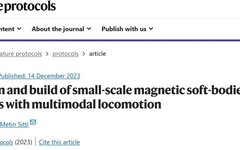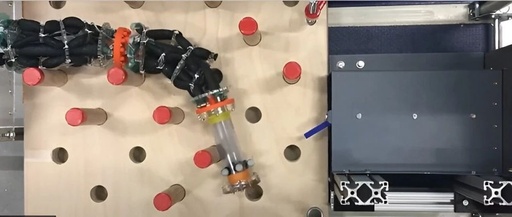A New Paradigm for Programming Magnetic-Controlled Microrobots: A Joint Achievement by Xi’an Jiaotong University, City University of Hong Kong, and the Max Planck Institute Published in PNAS!
Introduction: In this revolution of micro-scale manufacturing, templates are discarded, magnetic fields are reinterpreted, and “amber” has become the source of inspiration for structural programming. Image credit: Shan-Gang Wei (Photographer: Wei Shangang) Micro-magnetic-driven flexible devices are crucial for the development and application of minimally invasive medical technology, flexible smart electronic devices, and microrobotics. Despite significant … Read more

